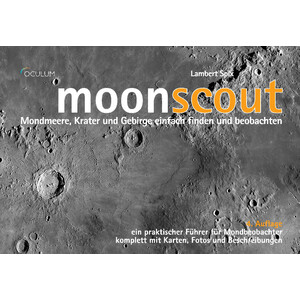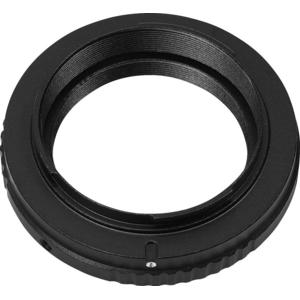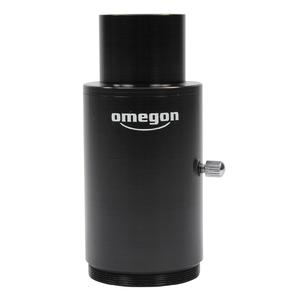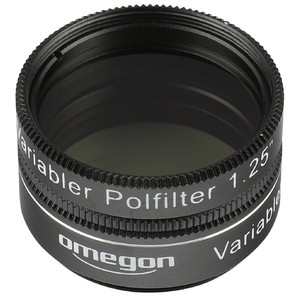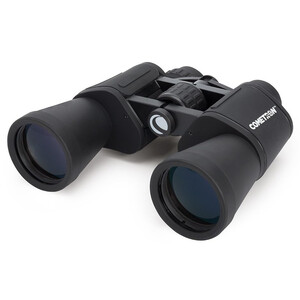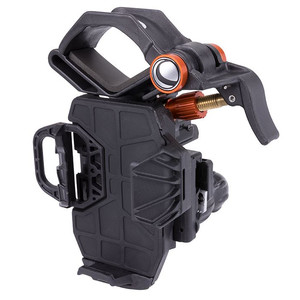What causes a lunar eclipse?
Dragon’s head and tail and umbra: we explain the celestial mechanics behind the magic of a lunar eclipse
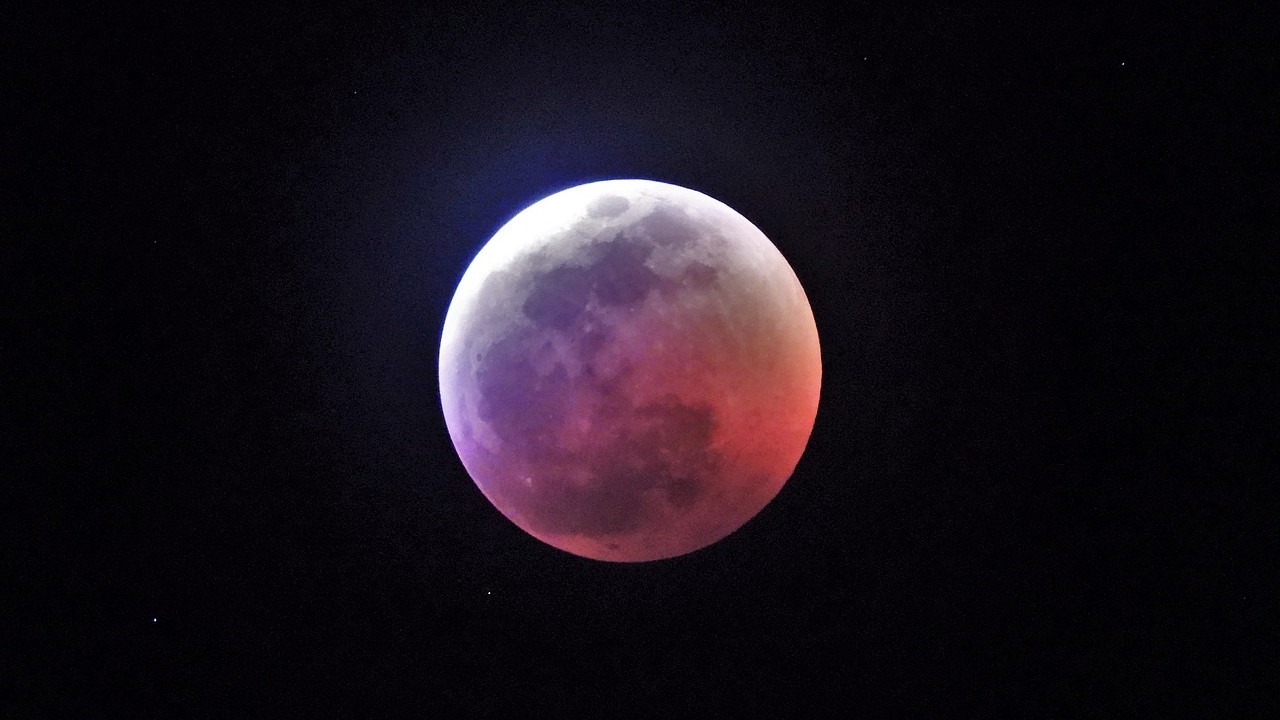
A lunar eclipse is one of the most beautiful events observable in the night sky. There can be very few people who would claim to have never seen a total lunar eclipse. And yet this type of eclipse is actually quite rare, because only a maximum of two can be observed each year.
Why many more people have seen a lunar eclipse
Why is it that we will all have seen far fewer solar eclipses than lunar eclipses? This is a good question and actually the answer is quite simple: while lunar eclipses can be seen by the entire night side of the Earth, a total solar eclipse is very local, the area from which you can see the eclipse may only be 100 kilometres across. Nowadays, a lunar eclipse is only of limited scientific value as an event. But we can still lose ourselves in the allure of this event.
Why don't we see an eclipse every month?
A lunar eclipse is much more fun if you do some research into its causes. So what causes an eclipse? In principle, a lunar eclipse can only occur at full Moon. Well, you could say that we have full Moon every month, so we should see a total lunar eclipse every month too.
Unfortunately, it’s not quite so easy, because the Moon’s orbit plane is tilted by 5° to the Earth's orbit around the Sun. You could say that the Moon’s orbit is a bit wonky. Illuminated by the Sun, our spherical Earth casts a roughly 1.4 million kilometre deep cone-shaped shadow into space. At the far end, this cone shape becomes ever-more pointed.
The dragon’s head and tail play an important role
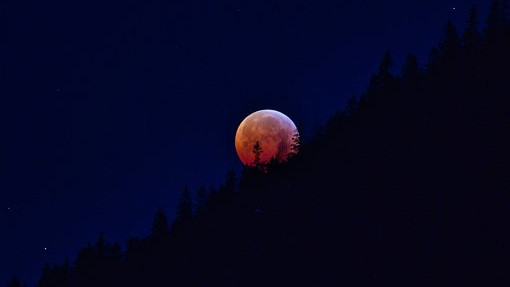
In a normal full Moon phase, we don’t see an eclipse, this happens only when the full Moon happens to be close to the intersection of the lunar orbit and the orbital plane of the Earth around the Sun. This intersection, a lunar node, is also known as a dragon’s head or dragon’s tail. Only when this condition arises will the full Moon move through the shadow cast by the Earth. For this reason, only around 30% of eclipses are total eclipses, the rest are partial eclipses or penumbral eclipses.
The earth is responsible for red eclipses
From the Moon, the cone of the Earth’s shadow is around 10,000 kilometres wide. This is around three times the diameter of the Moon, meaning that a total eclipse will last a maximum of just over 100 minutes. This duration is not constant, because all too often the Moon is at the upper or lower edge of the umbra shadow and so we can’t enjoy the eclipse for so long. Partial eclipses are, of course, interesting, but the real fascination comes from a total eclipse.
We have the Earth to thank for this spectacle, because through its assistance the Moon does not appear black, dark and rather uninteresting, but more often brownish or rust-red. The reason for this is the way in which our Earth's atmosphere refracts sunlight. While blue light is scattered in the atmosphere, it refracts the red part of the light. This is exactly what we are seeing when we look at a total eclipse of the Moon. A really unusual and fascinating phenomena!
When there is no total eclipse of the Moon
Lunar eclipses do not occur every year. Often we even have to forego a total lunar eclipse and make do with partial eclipses instead. This is the case when the full Moon is not exactly directly at, or in the immediate vicinity of, the lunar nodes, but instead is at a distance of around 4° to 9°. Then only a small part of the Moon is bathed in the Earth's shadow. Even if it is not quite as fascinating as a total eclipse, this type of eclipse is still worth observing.
If the Moon is even further away from the lunar node, i.e. more than 9°, the Moon no longer catches the umbra, but only the penumbra or outermost part of the shadow, which extends into space rather like a torch light. If, during a total lunar eclipse, the Moon is only around 2 magnitudes bright, you would hardly notice a penumbral eclipse, you have to observe it very closely. A penumbral eclipse is therefore not quite so fascinating to us.
The stages of an eclipse
Basically, there are different contact points that repeatedly begin or end the phases of a lunar eclipse. These are:
- Contact with the penumbra
- Contact with the umbra
- Start of totality
- End of totality
- Exit the umbra
- Exit the penumbra
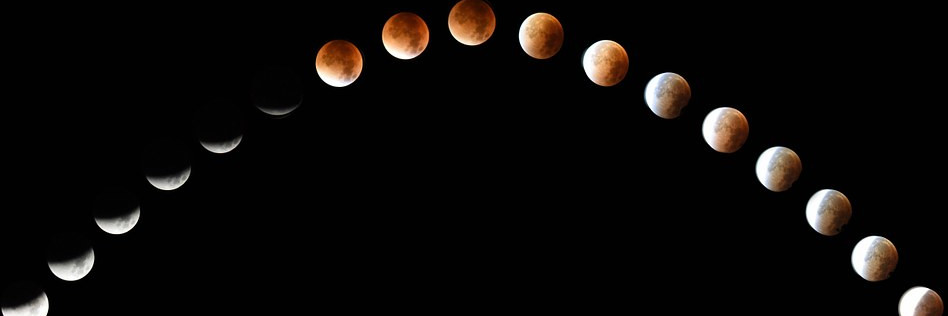
The appropriate focal length for photography
As already mentioned, the penumbra stages are not particularly interesting to observe. It becomes more interesting from the point that the Moon makes contact with the umbra. The umbra can be visualised as relatively diffuse and not sharply delineated, because the shadow is effectively an image of the Earth's atmosphere and this is not sharply delineated either. At this stage, we recommend that you unpack your camera and take a photo of the Moon with either a telephoto lens or a telescope. If you are using a digital SLR camera and a focal length of around 1,200mm, you should find that the Moon fills the chip frame. However, if you are using a webcam or a similar camera with a much smaller chip, we recommend that you select a much shorter focal length of around 280mm.
The Moon’s different colours
The most interesting phase is totality, as the Moon’s reddish colour will not always be the same, but can actually vary considerably. This is due to the Earth's atmosphere, because, as mentioned before, the red, long-wave light is scattered by air molecules. We can make an estimate of just how polluted the earth's atmosphere is from the colour. After major volcanic eruptions, a lunar eclipse may appear very dark red or even brownish. This is an interesting phenomenon that an observer can assess for themselves. There is a scale which is used to evaluate the colour intensity of an eclipse, which is named after the astronomer A. Danjon.
The Danjon scale
- L0 = very dark eclipse (moon very grey to invisible)
- L1 = dark eclipse (Moon more brown than red, hardly any details can be distinguished)
- L2 = rust-red eclipse (Moon’s centre is dark with brighter edges)
- L3 = brick-red eclipse (Moon is brighter than L2, and with an almost yellowish rim)
- L4 = copper red (very bright lunar eclipse, which sometimes appears orange, often with a bluish fringe at the rim)
How to estimate the Moon’s brightness
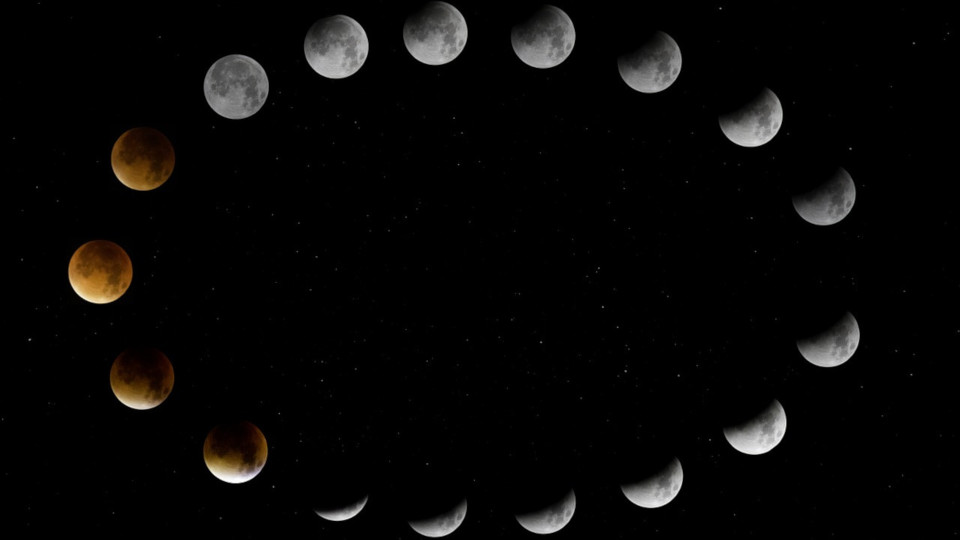
It can also be interesting to determine the brightness of the Moon over the course of the eclipse. You can do this relatively easily by simply using binoculars to estimate its brightness. To do this, you don’t use them as you usually would to observe the Moon, but instead look backwards through the binoculars, i.e. with your eyes nearest to the objective lenses. The Moon is reduced to about 180" (depends on the focal length of the eyepiece) which makes the Moon look extremely small, greatly simplifying the brightness estimation. Then you can compare it to the brightness of stars visible during the lunar eclipse, and look up their apparent magnitude to estimate the apparent magnitude of the Moon.
The magnitude of the eclipse
One aspect of eclipses, which is often found in astronomical almanacs, is their magnitude. Here, the extent to which the Earth’s umbra covers the Moon will be indicated. A total lunar eclipse has magnitude 1. Conversely, if the magnitude is less than 1, e.g. 0.9 or 0.7 so, then we have only a partial lunar eclipse.
Occasionally you will see a magnitude of 1.8 listed. In this case, the Moon has hit the bull’s eye as its path takes it exactly through the centre of the Earth’s umbral shadow. Since the umbra is round, it’s clear that the length of the total eclipse also depends on the position of the Moon relative to it. The maximum time in this case is 1¾ hours.
How do I photograph a lunar eclipse?
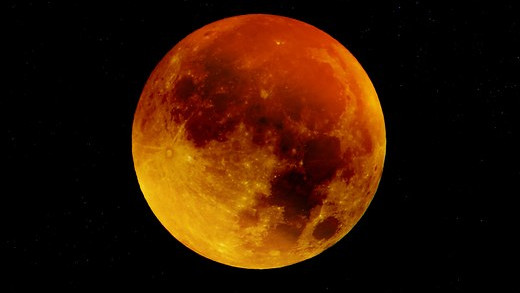
The full Moon is rarely the target of astrophotography images, because the most interesting structures are best observed at the terminator.
The big exception to this is a lunar eclipse. As a rule, colour cameras are used to capture the attractive play of colours.
You’ll need a 1.25 inch camera adapter to connect a SLR camera to your telescope. This can be screwed on at the front. For the lunar eclipse, you only need the camera body together with a T-ring. The telescope focal length should not exceed 2,000 millimetres.

